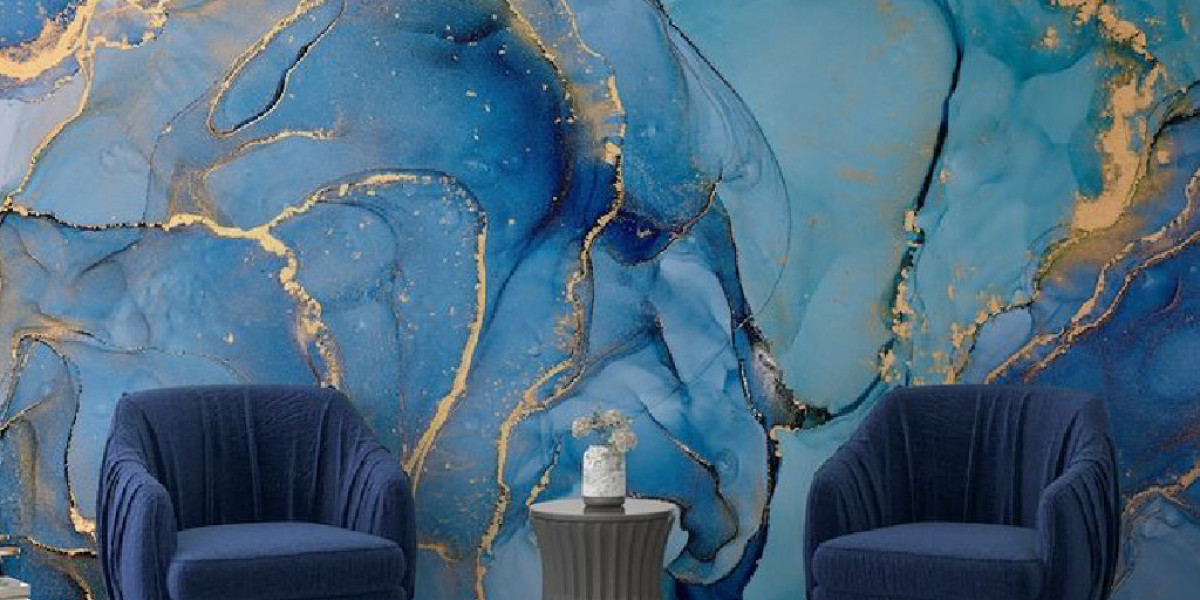Shiplap is now a popular trend in modern and farmhouse homes. Its rustic charm and timeless appeal drive its popularity. Painting shiplap can improveits look and match your decor. It works for new instals or for refreshing existing panels. This guide will cover all you need to know about painting shiplap. It will include the best methods, tips on colour selection, and answers to common questions.
What is shiplap?
Shiplap refers to wooden boards installed horizontally on walls. They have a groove or rabbet cut along the edges. This groove lets the boards overlap, creating a shadow line between planks. Shiplap was used in barns and old homes to protect walls from moisture. Now, it's a popular decorative element in modern interiors.
Common Uses of Shiplap:
Accent walls: Adding visual interest to a room.
Ceilings: Creating a cosy, cabin-like atmosphere.
Fireplace surrounds: Enhancing the focal point of a living room.
Bathrooms and kitchens: Adding texture to walls in high-traffic areas.
Is painting shiplap hard?
Painting shiplap is not hard. But it needs prep and skill for a professional finish. The grooves between the boards can slow you down. But with the right tools and approach, you can get great results.
Challenges of Painting Shiplap:
Reaching into grooves: Ensuring paint covers the gaps between the boards.
Preventing drips: Avoiding excess paint from pooling in the grooves.
Achieving an even finish: Getting smooth coverage on both the boards and edges.
The Best Method to Paint Shiplap
You can paint shiplap with brushes, rollers, or sprayers. Use what you prefer and choose based on your project's size. Here's a step-by-step guide to help you get the best results.
Step 1: Gather your supplies
Before you start, make sure you have all the necessary tools and materials:
High-quality interior paint (semi-gloss or satin finish is recommended)
Paintbrush (angled for detail work)
Paint roller with a short nap
Paint sprayer (optional for large areas)
Primer (if needed)
Painters tape
Drop cloths
Sandpaper (medium-grit)
Caulk and caulking gun (for gaps)
Putty knife (for filling holes)
Cleaning cloths or sponges
Step 2: Prepare the shiplap
Proper preparation is crucial for achieving a smooth and lasting finish.
a) Clean the surface
Use a damp cloth or sponge to remove dust, dirt, and grease from the shiplap.
Allow the boards to dry completely before proceeding.
b) Sand the boards
Lightly sand the shiplap with medium-grit sandpaper to create a smooth surface for the paint to adhere to.
Focus on any rough spots or imperfections.
Wipe away any sanding dust with a clean, dry cloth.
c) Fill gaps and holes
Use caulk to fill in any gaps between the boards, especially if you're going for a seamless look.
Patch any nail holes or dents with wood filler and smooth it out with a putty knife.
Allow the caulk and filler to dry completely, then sand the area lightly.
Step 3: Apply primer
Priming is an essential step, especially if your shiplap is made of raw wood, stained, or has a dark colour.
Use a high-quality primer that is compatible with your paint type.
Apply primer using a brush for the grooves and a roller for the flat surfaces.
Allow the primer to dry for at least 24 hours before painting.
Step 4: Paint the shiplap
a) Using a Brush and Roller
Cut in with a Brush: Start by painting the grooves between the boards with an angled brush. This will ensure that the paint covers all the nooks and crannies.
Roll the Surface: Use a roller with a short nap to apply paint to the flat surfaces of the boards. Roll in the direction of the shiplap for a smooth finish.
Avoid Drips: Apply thin, even coats to prevent paint from dripping into the grooves.
b) Using a paint sprayer
If you're painting a large area, a paint sprayer can save you time and give you a flawless finish.
Spray in even, sweeping motions, keeping the nozzle at a consistent distance from the wall.
Make sure to cover nearby surfaces with drop cloths to protect them from overspray.
Step 5: Let the paint dry
Allow the first coat to dry completely before applying a second coat. This usually takes 4-6 hours, depending on the type of paint.
Apply a second coat if needed for full coverage and a rich colour.
Do you paint shiplap vertically or horizontally?
Shiplap is traditionally installed horizontally. This can make a room look wider and more spacious. However, vertical shiplap is becoming increasingly popular for a modern twist. The direction in which you paint shiplap typically follows its installation:
Horizontal Shiplap
Gives a classic farmhouse look.
Works well in living rooms, bedrooms, and kitchens.
Paint horizontally for a seamless finish.
Vertical Shiplap
Creates the illusion of height, making ceilings look taller.
Ideal for bathrooms, entryways, and accent walls.
Paint vertically along the grooves for a clean, professional look.
Diagonal or Chevron Patterns
For a bold, eye-catching design, paint shiplap in a diagonal or chevron pattern.
This approach requires precision and may take more time, but the results can be stunning.
Do you paint shiplap the same colour as walls?
It depends on the look you want. Do you want to paint shiplap the same colour as your walls or a contrasting colour? Here are some options:
Same Colour as the Walls
Creates a cohesive, unified look that makes the space feel larger.
Ideal for a minimalist or modern aesthetic.
Use the same colour in different finishes for subtle contrast. Use matte for walls and semi-gloss for shiplap.
Contrasting Colour
Highlights the shiplap as a feature, adding depth and visual interest.
Choose a lighter or darker shade of the wall colour for a coordinated look.
Bold colours like navy, charcoal, or deep green can make shiplap a stunning focal point.
White Shiplap
A timeless choice that brightens up any room and complements various decor styles.
Works well with neutral or pastel wall colours for a fresh, airy feel.
Use a crisp white for a modern look or an off-white for a warmer, rustic vibe.
Tips for Painting Shiplap
Use High-Quality Paint: Invest in good-quality paint for better coverage and durability. Semi-gloss or satin finishes are great for easy cleaning.
Protect Surrounding Areas: Use drop cloths to cover floors and furniture. This will protect them from paint splatters.
Work in Sections: Paint small sections. This ensures even coverage and prevents the paint from drying too quickly.
Test Colors First: Try samples on a small area before painting the whole wall. This will show how the colour looks in different lighting.
Patience is Key: Allow each coat to dry thoroughly to avoid smudges and uneven finishes.
Conclusion
Painting shiplap is a rewarding project. It can transform any room, adding texture, warmth, and character. It takes extra prep and attention to detail. But, the results are worth it. You can paint your shiplap in a classic white, a bold colour, or the same hue as your walls. This will create a beautiful, cohesive design that enhances your home's interior.









